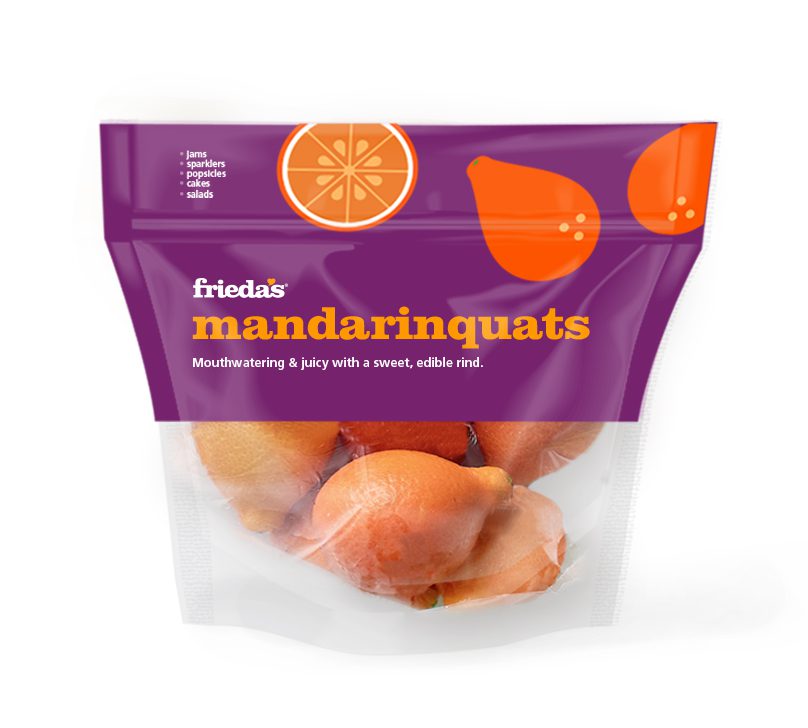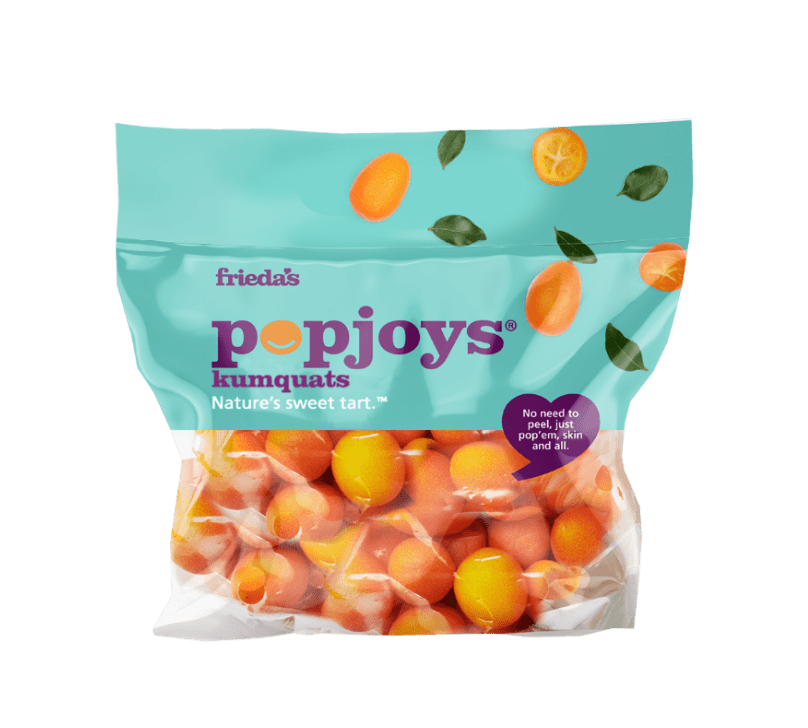A few months ago, I joined the board of Second Harvest Food Bank, the largest food bank in Orange County and a member of the Feeding America national network.
Our company donates edible produce to the food bank each week. CEO Nicole Suydam and I have gotten to know each other over the past few years, and she slowly recruited me to join the board, made up of about 20 community leaders, entrepreneurs, and corporate executives.
After I had joined the board, Nicole let me know that I was expected to attend a four-hour board orientation session at the Second Harvest offices, located 30 miles from my own office. To be honest, I was completely annoyed when I learned this.
Although I am very committed to being an active board member, I’d already attended two board meetings and several events, and I couldn’t understand the need for a four-hour orientation.
Me with the Second Harvest Food Bank’s mobile pantryLet me describe the orientation:
The other new board member, Steve (a retail grocery executive), and I were seated in a conference room with Nicole. We were each given a binder containing supplemental information for all of the presentations we would be getting. Nicole then gave us an overview of the history of Second Harvest, reviewed the enterprise’s organizational chart, plus the committee assignments for board members, and then discussed the strategic plan.
The next three hours were spent having 20- to 30-minute presentations by the eight department heads within the food bank about their departments and their goals, with Nicole present the whole time to facilitate their presentations, ask for clarification, and give further explanations.
At the end of our four-hour meeting, Steve and I looked at each other, and then at Nicole, and commented that we both learned so much about Second Harvest. Both of us admitted to being skeptical beforehand about the need for such a lengthy and detailed orientation, but we agreed it gave us a fantastic historical perspective and a deeper understanding which would help us be better board members and supporters. I hope other volunteer organizations invest this kind of time in “onboarding” new volunteer board members. It will definitely pay dividends.
Nicole Suydam. CEO of Second Harvest Food Bank of Orange CountySo as I drove home, I started to think about my own company’s new hire orientation. Although we invest in orienting new employees, we don’t do it in the same way Nicole does. It struck me that I could take the best practices that I learned from the Second Harvest board member orientation and improve our onboarding experience for new employees.
Instead of having the new employee travel between departments and interrupt the workday of the various managers, I am seriously considering centralizing orientation and standardizing it. And by being present for each orientation, I will be able to add anecdotal and other insights that may be missed if I’m not there.
Some of the fun stationery we use at the office and provide new hires.How many of you have started a new job and were satisfied with the orientation? Was it simply filling out a bunch of forms in the HR office and then you were shipped off to your department to start working? Especially if you work in a small- to medium-sized company, the resources are not always available to develop a robust onboarding process, so you may not figure out the organizational dynamics until weeks or months after you start.
My big takeaway from this experience was a reminder that no matter how annoying something may seem before you complete it, there is always a lesson to be learned.
What did you learn today?
Karen















